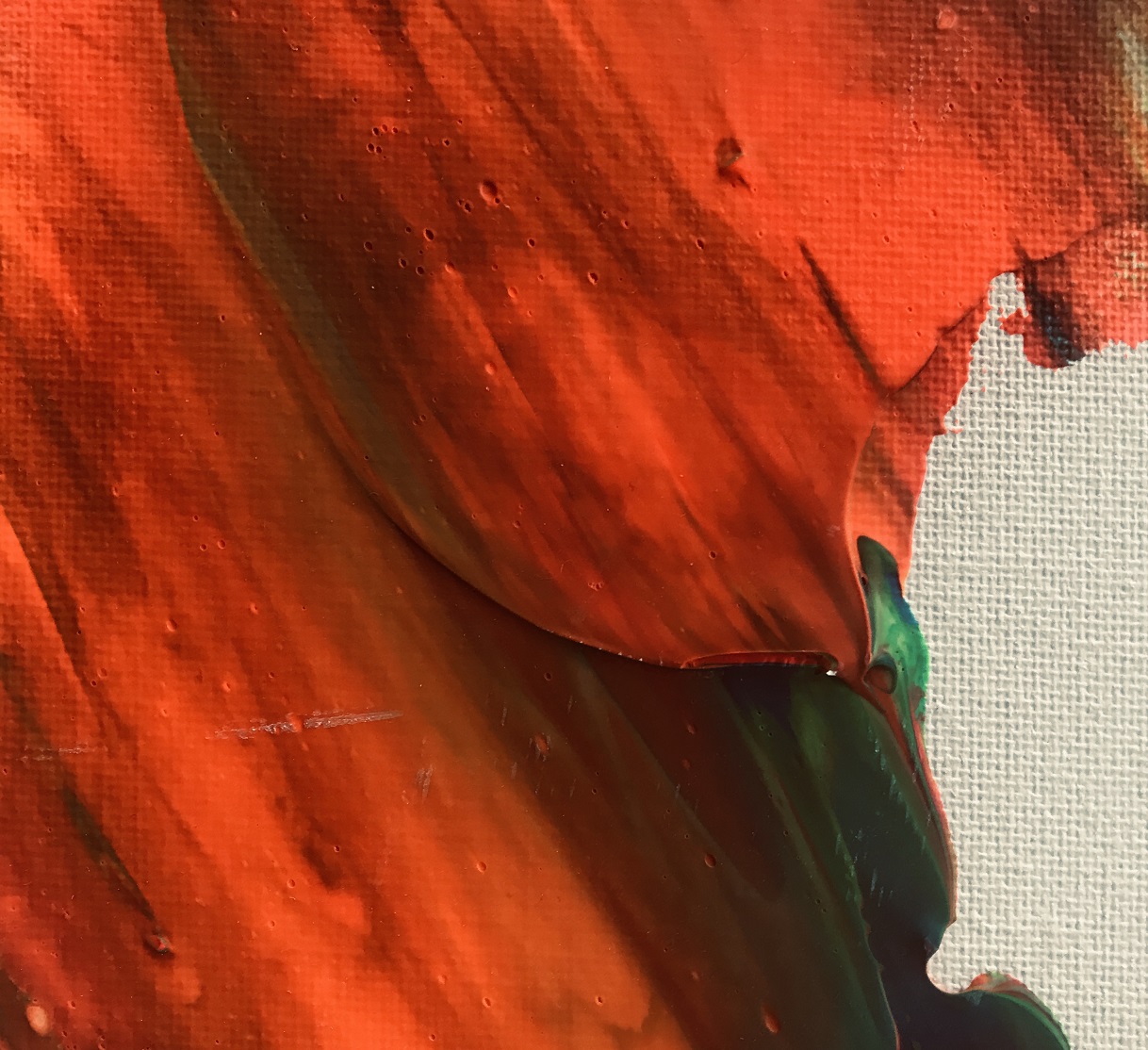Neon or Fluorescent? By Juan Bolivar

Neon or fluorescent paints are a fairly new type of paint when compared to oil paints, and one could argue they are paints that pose a fluorescent ‘quality’ of colour rather being a colour per se. The exciting shades of fluorescent green, red, pink and blue, evocative of 80’s graphics and the opening credits of The Fresh Prince of Bel Air, are available in artists’ palettes through the development of innovative pigments and share their name with fluorescent lights and ‘neon signs’ popular in advertising and shop fronts since the 1930’s.
The term fluorescent was first coined in 1852 by Sir George Stokes, who named the phenomenon ‘fluorescence’ after fluorite, a mineral found to glow due to its impurities. ‘Fluorescent lights’ were first developed by running electric currents in glass tubes containing gas-vapours which became luminous when in contact with electricity. When neon, an inert gas with similar luminescent qualities, was discovered (or one should say ‘isolated’ from the atmosphere) it replaced the mercury-gas-vapour the lights were first made from. Although found to glow red in certain types of tubes, neon lights were mostly used for general illumination and it wasn’t until the 1930’s that neon tube lighting came to be used in the different shades now familiar with neon signs and advertisements of the 1950’s. It’s hard to imagine a world without electrical lighting or Las Vegas without neon lights.
As neon signs became widely popular many artists such as Mario Mertz, James Turrell, Bruce Nauman and Tracey Emin incorporated these signs as a new medium for artistic production; commenting implicitly on the nature of modern living and the many associations with ‘neon’. The 80’s Neo-Geo movement to which the New York artist Peter Halley belongs, referenced thus, both the geometric structures of modern cities, as well as this distinctive hue, which Halley regarded as a ‘hyper-realisation’ of modernism’s chromatic ambitions. His Day-Glo palette Halley maintained is ‘a signifier of “low budget mysticism”’, he claimed. ‘It is the afterglow of radiation’ (P. Halley, ‘Notes on the paintings’, 1982, reproduced in Peter Halley, exh. cat., Waddington Galleries, London, 2007, unpaged).
Unlike Nauman’s use of signs, Halley’s commentary remains rooted in Painting (with a capital P); employing acrylic paints made with DayGlo fluorescent pigments. This new class of pigments are based on fluorescent dyes and polymeric materials, developed between 1930s and 1950s by scientists at Switzer Brothers, Inc. (now Day-Glo Color Corp.).These new pigments were found to absorb various light frequencies both visible and invisible to the human eye, reemitting them to produce incredibly intense visible colours that appear to glow. As these fluorescent pigments, are produced from dyes surrounded by a polymer coating, they are commonly known to be less permanent to their non-fluorescent counterparts. In words borrowed from Ridley Scott’s Blade Runner: the light that burns twice as bright burns for half as long. The vividness of these colours however can be increased by applying colours over a white ground and their fugitive nature increased by applying a UV light absorbing varnish, or framed behind UV glass.
Juan Bolivar, 2020

